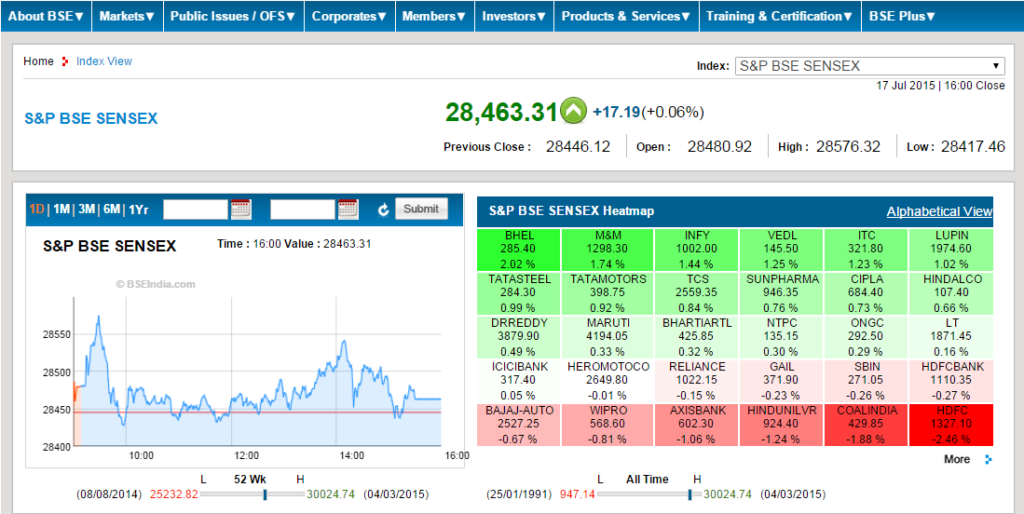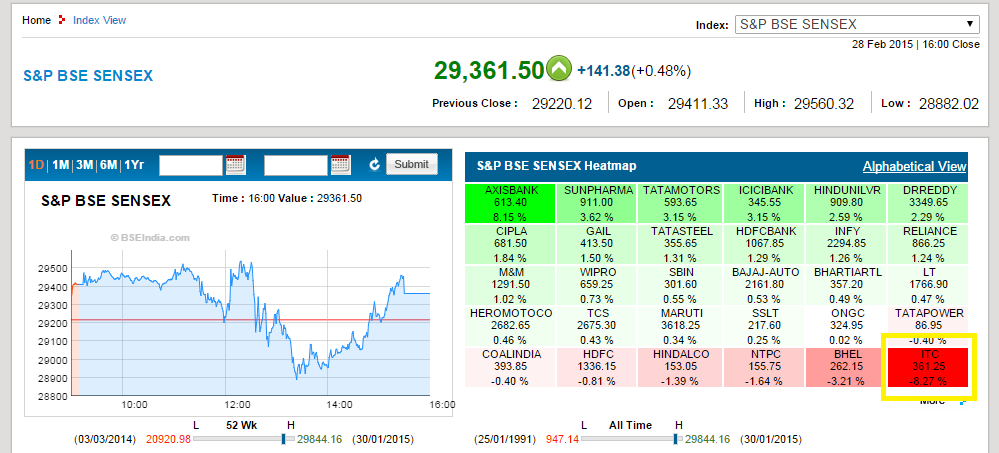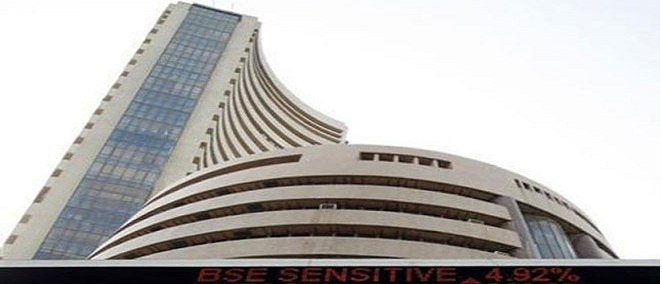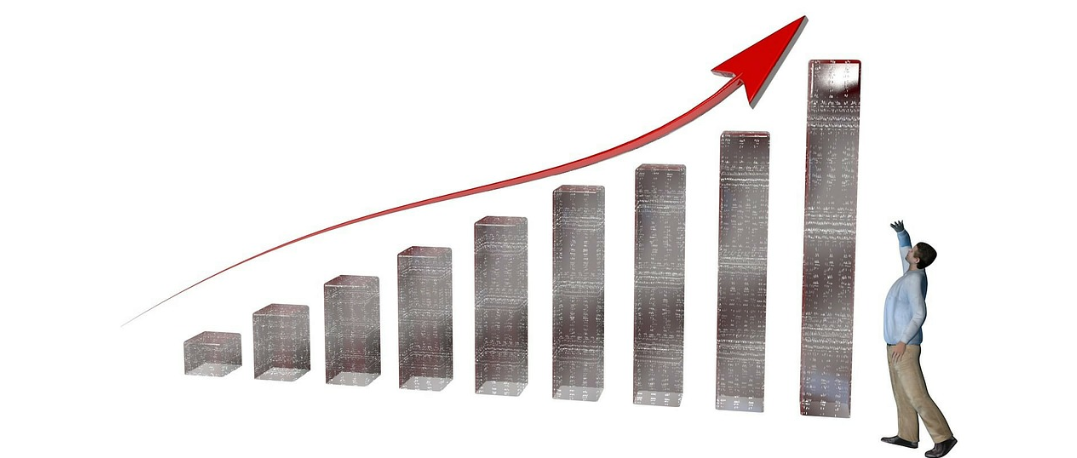Everyone starts investing in share market to earn profit but most of them end up with losing their money. Share market is a game of intelligence and risk. If a person is not able to measure the risk factor or not willing to take the risk then there is no place for that person in share market.
In this article I am going to point out two big mistakes repeatedly done by investors while investing in share market. These two mistakes often result in loss of money and hope.
Investing a large portion of money in single stock:
This is one of the biggest mistakes of share market, Investors do on daily basis. Here I would like to focus on why this is done even by investors who have enough knowledge of share market?
The answer is quick return. In expectation of quick return we do this mistake and ends in wasting a lot of our money.Share market is game of patient people. People who waits for the right time to take action. For example: John has been investing in share market from last two years. In this time he has not earned any profit but he is tracking some stocks from last couple of months. These stocks are seeming quite stable to him. Now one day he finds that stock of ABC Ltd, which he is tracking is rising unexpectedly.For John it’s time to earn some profit as the time has come when one of the stock he is considering stable, is rising everyday. He waits for some time to make sure that rise is not temporary. John now takes the risk and invest 2/3 of his total investment in that stock by considering that:
It’s a stable stock (As he was tracking the same)
To earn in share market, risk has to be taken.
He has knowledge of share market (As he is playing this game from last couple of years).
John found that the price of stock has fallen for the day. But he just keep taking risk as this is the common scenario that the price goes up and down. Also he was not able to sell those share as it would have result in loss of money. But John is now facing the situation where he cannot sell the stock and stock price is going down everyday.
Impatient:
This is the second mistake comes in to picture when someone focuses his mind on earning profit quickly. Impatient here refers to by/ Sell in hurry and without doing much basic analysis.
This mistake is too common for new investors, who thinks they know a lot of share market. To earn profit quickly they just invest in stocks whose price is going up irrespective of the risk associated with these stocks.
Impatient may occur in these two situations:
When stock’s market price is more than the purchasing price:
This situation prevents an investor to make more money as the rise in price is not temporarily.
When stock’s price is lesser than the purchasing price:
This situation sometimes gives mental satisfaction (as investor has been holding the loss from last few time and now ready to accept it) but always results in monetary loss.





